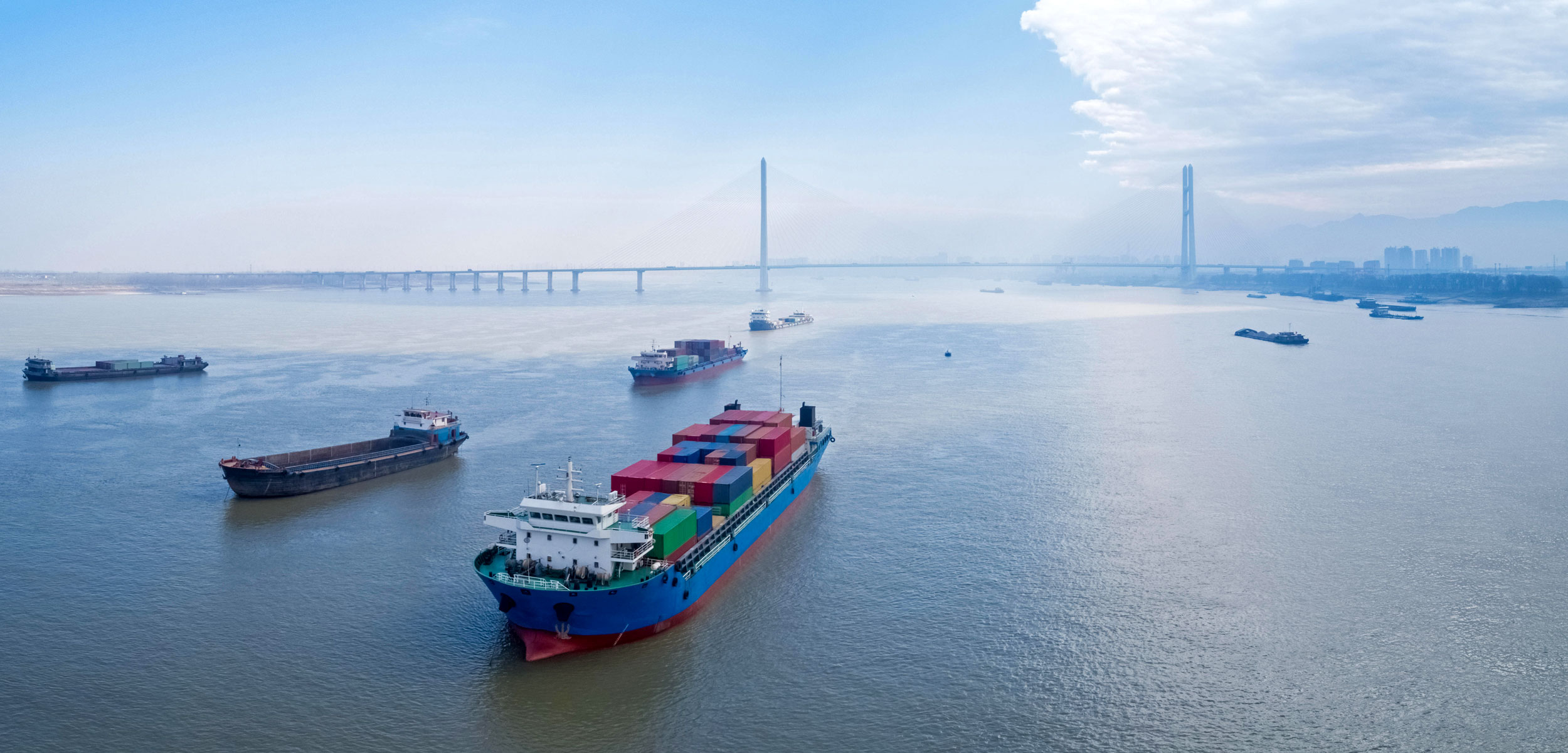As Global Shipping Grows, Prepare for a Surge of Invasive Species
Scientists are predicting a dramatic uptick in the rate of species introductions as economies grow and the climate changes.
Article body copy
Invasive species have long spread across the world by ship, often with disastrous effects. Now Anthony Sardain, an invasion ecologist at McGill University in Montreal, Quebec, expects the risk of marine invasions to rise three- to 20-fold in the next 30 years.
The idea came to Sardain in the summer of 2015 as he sailed with his father, a commodity market analyst, off the coast of Brittany, France. As they discussed how China’s emergence as a superpower might impact global trade, Sardain realized that previous research on marine invasive species typically assumed global trade would remain constant. But shipping is expected to change on a global scale. Sardain and his colleagues set out to forecast how this might affect where marine species are being introduced.
The researchers first developed a model to predict future global maritime traffic. This incorporated data on more than 50 million voyages taken by more than 81,000 ships worldwide between 2006 and 2014, as well as factors such as the population sizes and gross domestic product (GDP) of nations. They combined this model with projections of climate change, which will open new shipping routes, as well as expected population growth and GDP forecasts. They also looked at existing models of ship-linked marine invasions—for instance, how invasive species attached to ships’ hulls or in ballast water might spread.
The scientists projected that global maritime traffic may increase by 240 percent, up to as much as 1,209 percent, by 2050, leading the risk of marine invasions to surge in nations with large, fast-growing economies, such as those in northeast Asia.
“Even if the increase in shipping is only 200 percent, this still has a huge potential to distinctly increase marine invasion dynamics in the future. And this is very likely going to happen,” says biodiversity modeler Hanno Seebens of the Senckenberg Biodiversity and Climate Research Centre in Frankfurt, Germany, who did not take part in this research.
“Unless appropriate action is taken, we could anticipate an exponential increase in such invasions, which conceivably could have unprecedented economic and ecological consequences,” says study coauthor Brian Leung.
The good news, Sardain says, “is that there are currently measures being undertaken to tackle this problem.” For example, the International Maritime Organization’s international ballast water management convention that entered into force in 2017 aims to reduce marine invasions by having ships discharge ballast water taken on near coasts in the middle of their voyages and replace it with ocean water. The logic is that potentially invasive organisms that evolved to survive in coastal environments would die in the open ocean, and vice versa. Such ballast exchange “has been effective at reducing invasion rates in the … Great Lakes,” Sardain says.
“The most important implication of these findings is that tackling the human-mediated spread of alien species should be a priority for all governments,” Seebens says. “This is a global phenomenon, which affects all countries worldwide, which could only be tackled by joint efforts.”

